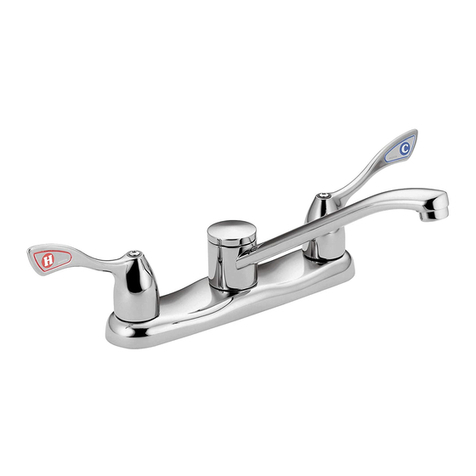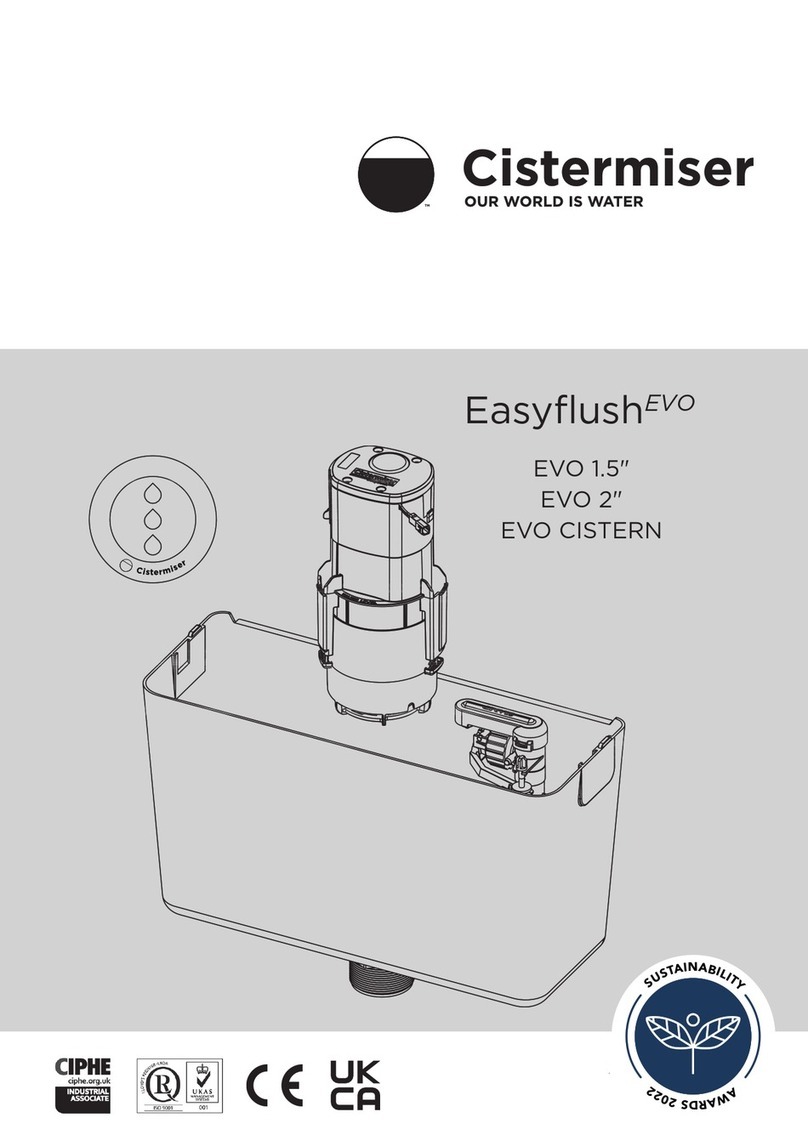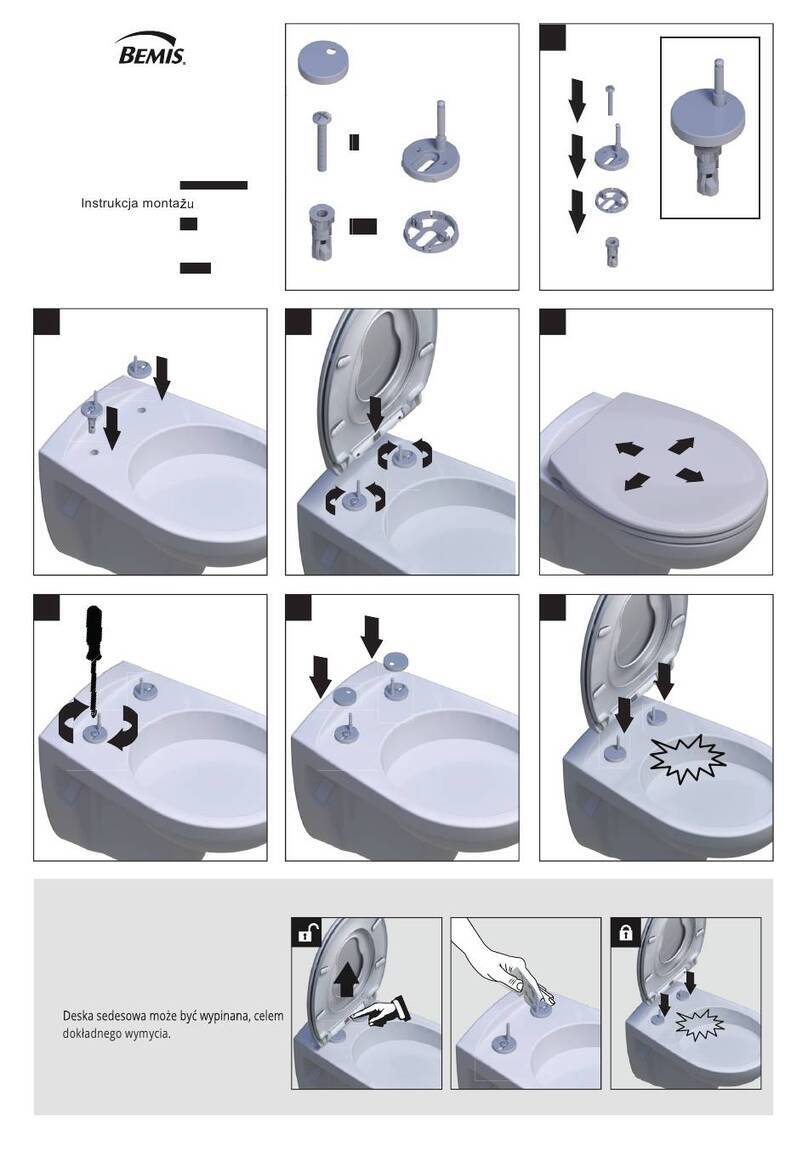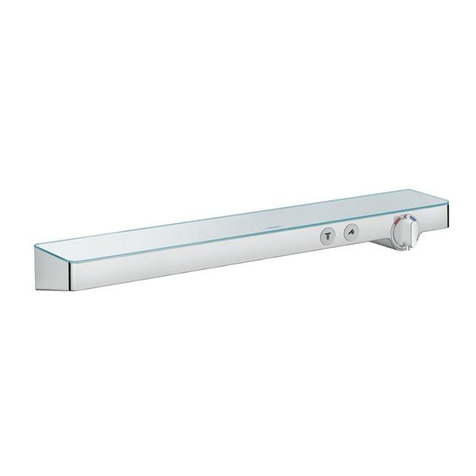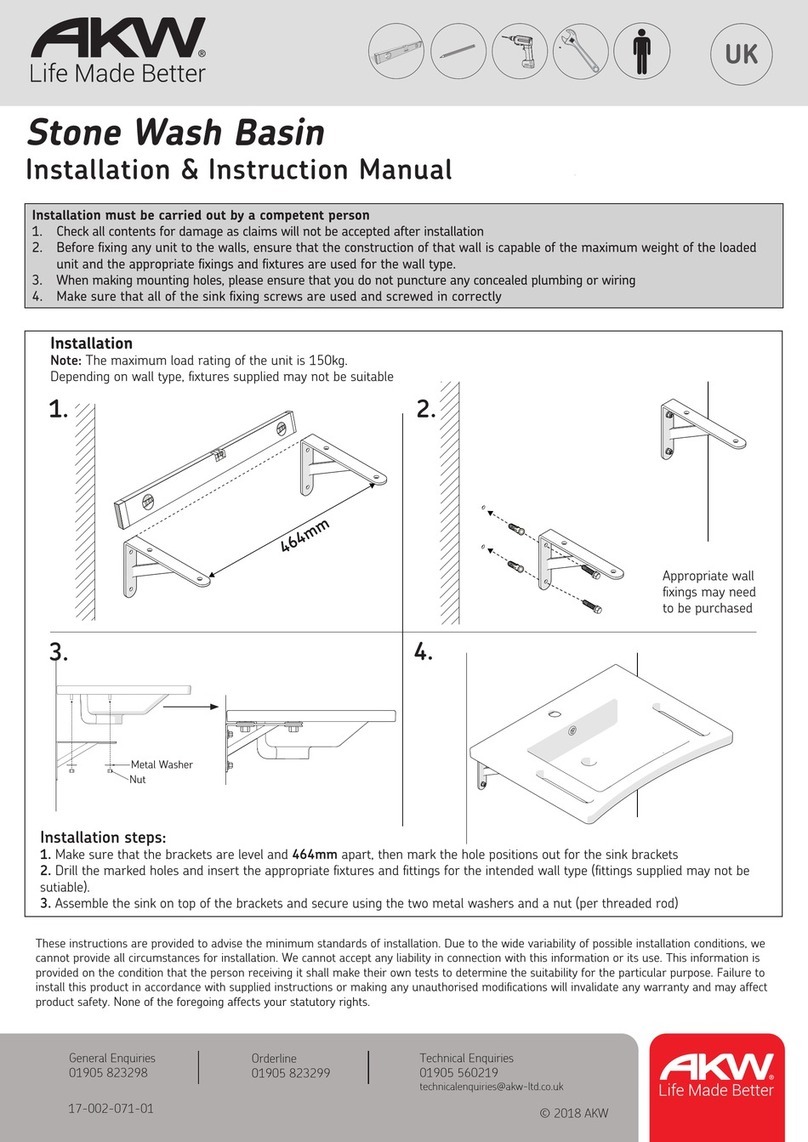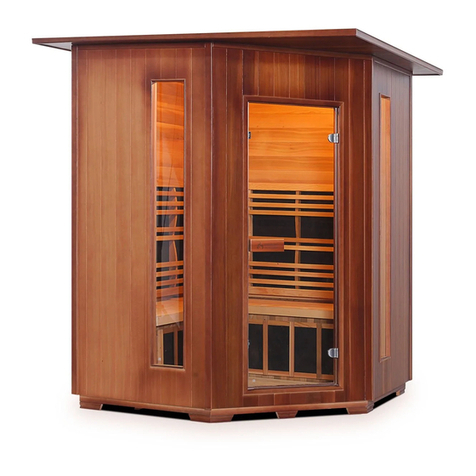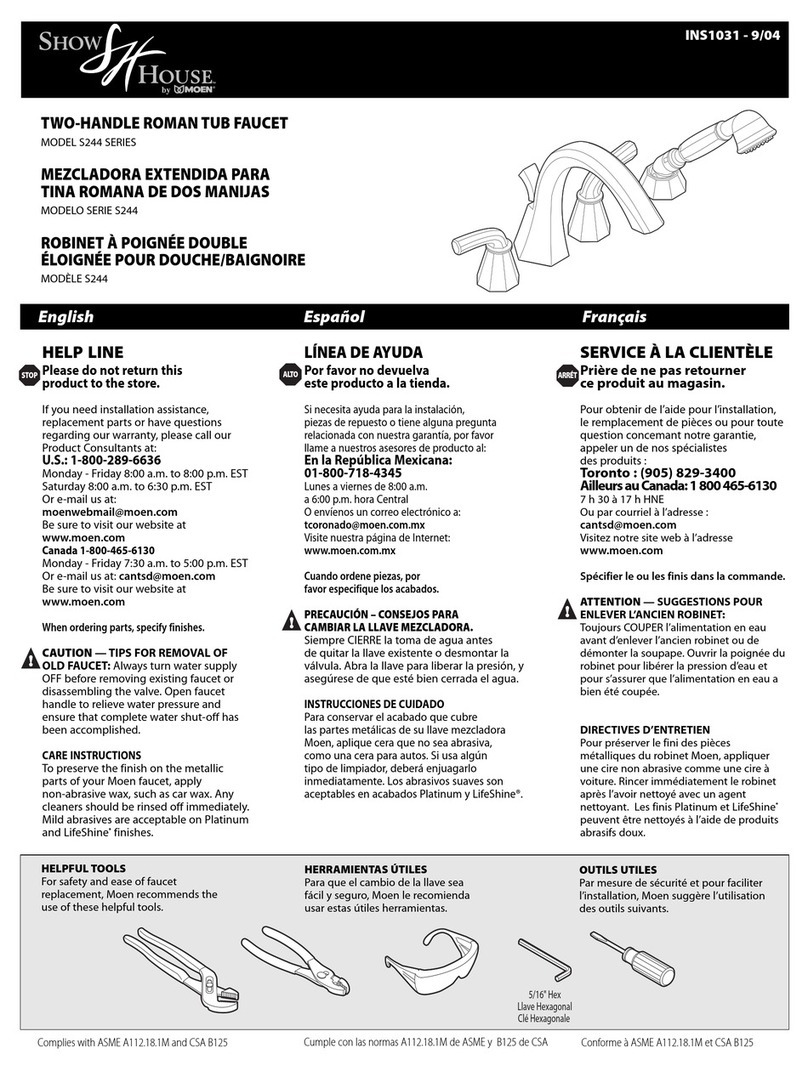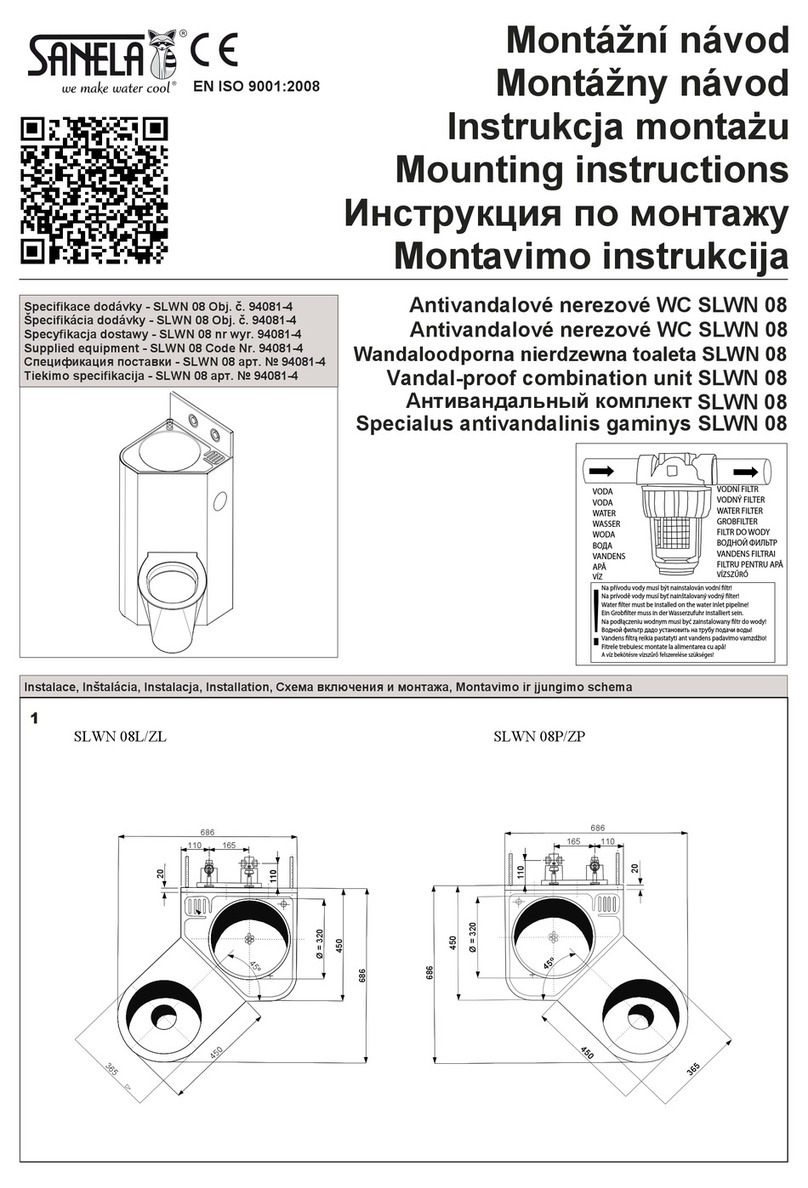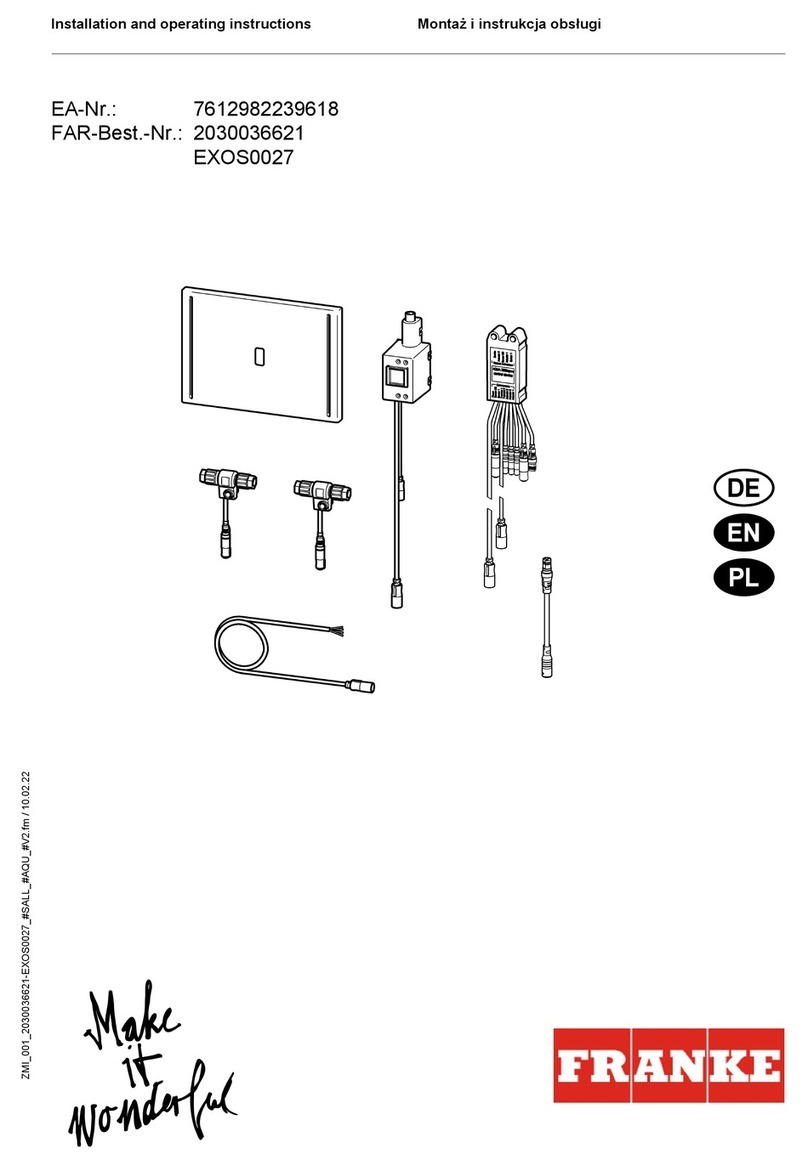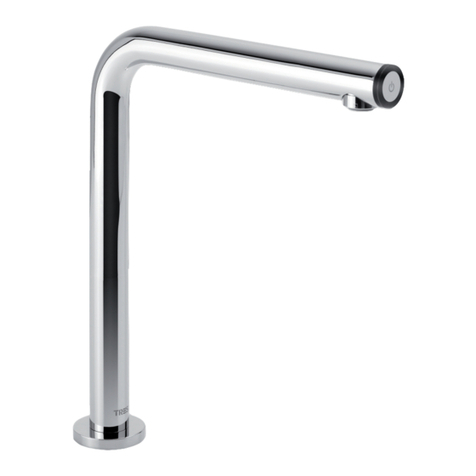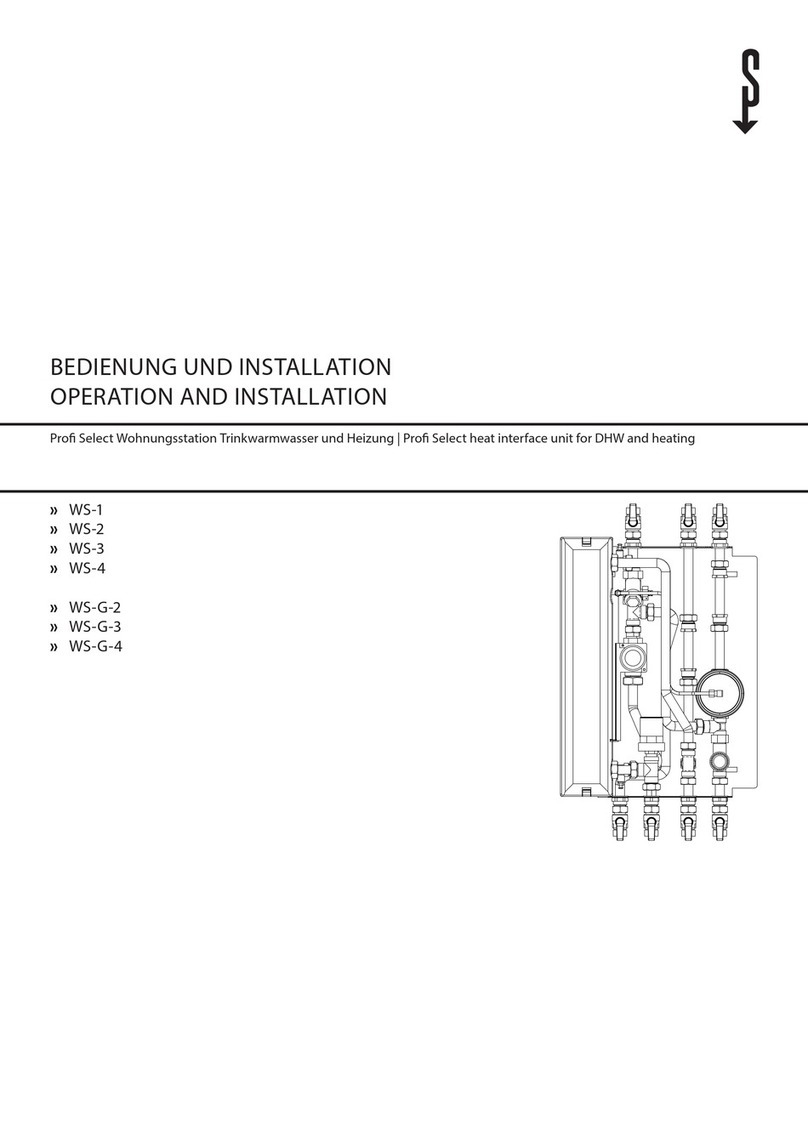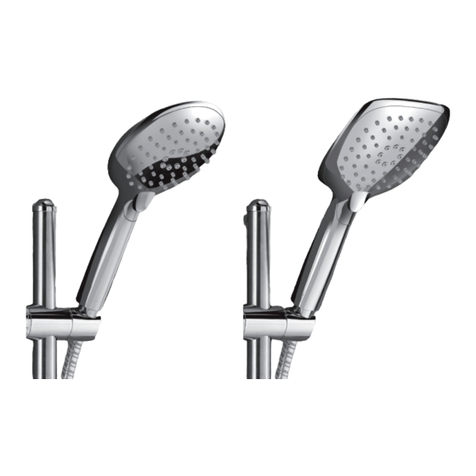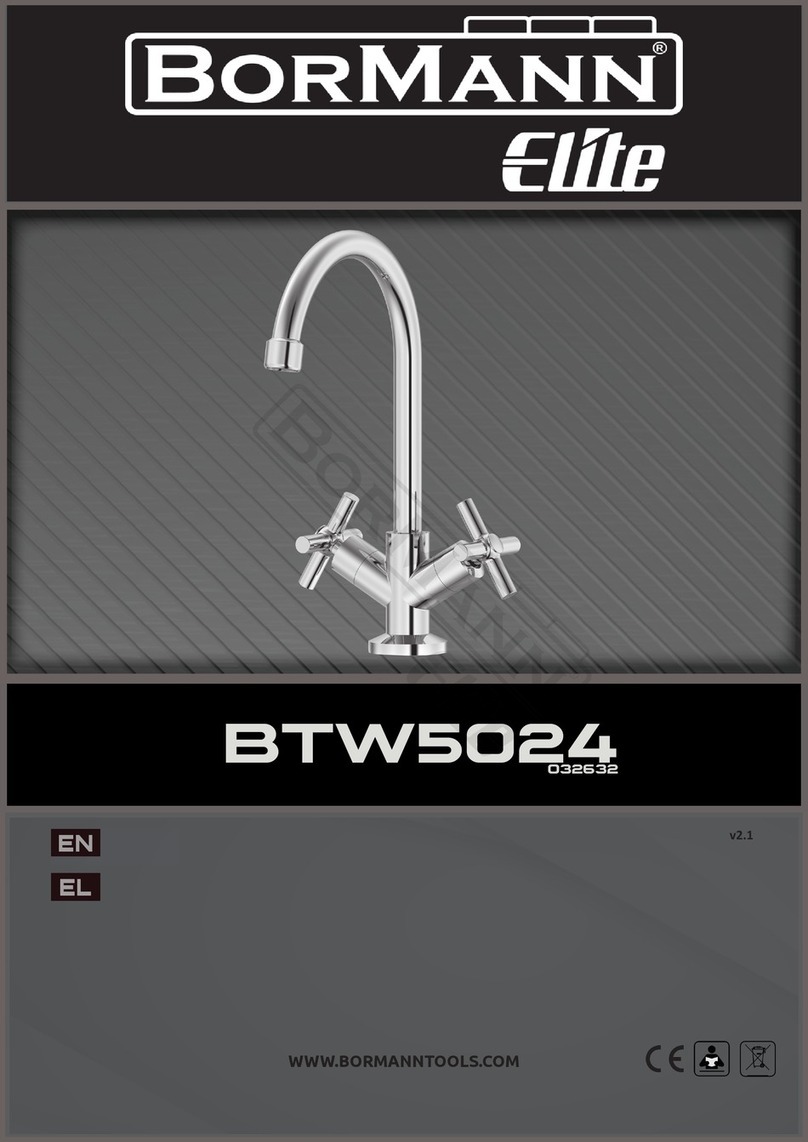
Installation (cont)
3. Perimeter Strip
Install a perimeter strip around the edge of the space. This prevents
seepage of the self-levelling screed, provides some expansion & creates a
thermal break to the adjacent structure. Ensure any gaps in walls / floors
are filled and sealed.
4. Fitting the Panels
Check the UFH design to establish the areas to be covered by the panels.
Remove the plastic backing on the panel so the pre-applied adhesive is
exposed. Place the panels in the area to be heated.
5. Installing Pipe Loops
Once the panels cover the complete area, the UFH manifold & pipe loops
can be installed in accordance with the pipe layout drawing.
Installation of the pipe can begin in the orientation best suited to the design. The JG
LowFit Castellated Panel 16mm is designed to be used with 12mm Layflat
polybutylene pipe.
The panels can be walked on immediately after installation and the adhesive on the
panels will help will provide a strong firm base while the pipe is being laid and the
screed is being poured.
Install each loop starting from the manifold, following the pipe layout plan. When
complete, the systems should be filled & pressure tested before pouring the screed.
With the pipes under pressure, install the screed as per manufacturer’s
recommendations & take note of drying/curing times. UFH should not be used to
accelerate drying/curing times as this could damage the screed.
6. Additional Considerations
All pipes passing through doorway thresholds should be sleeved.
Most floor coverings are suitable for use with underfloor heating. However,
JG Underfloor recommends that guidance is sought from the floor covering supplier to
check the suitability & installation requirements for use with UFH.
JG underfloor recommend the use of floor probes in all zones to prevent overheating of
floors & potential damage to certain floor coverings.
When using floor tiles or similar, check manufacturers requirements for decoupling
membrane & expansion joints.
There are many self levelling / screed products available, please check with
manufacturers/suppliers your chosen product is suitable for UFH.
7. Got a question or need more information?
We have a wide range of information, support & installation videos on all
our UFH products.
For more detailed information, guidance & advice please refer to
jgunderfloor.com. To speak to one of our technical advisors via our web
chat service, please visit johnguest.com/speedfit/technical-support/ then
click the blue “Chat with an Expert” link & we will be happy to help.
Starting in a corner lay the first sheet, ensuing it overlaps the perimeter strip,
making a good seal. It is important to take note of the orientation at this stage.
There are notches cut at the end of the boards at opposite sides.
When laying the panels overlap the first
row along the length of the panel and
also overlap the first row on the end.
Note, if cutting the panels remember
that it is very important to butt the cut
end against the wall and to always
overlap the notched end to avoid
too much overlapping of the panels.
Complete laying the remaining panels to
fill the space to be heated.
Overlap
Overlap
Notch
Notch
Quick Tip
It is advisable to draw a straight
line on the floor for the first row
to make sure it will fit along the
entire length.
